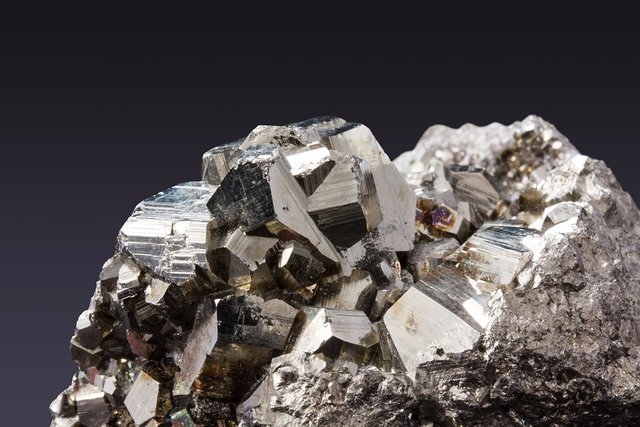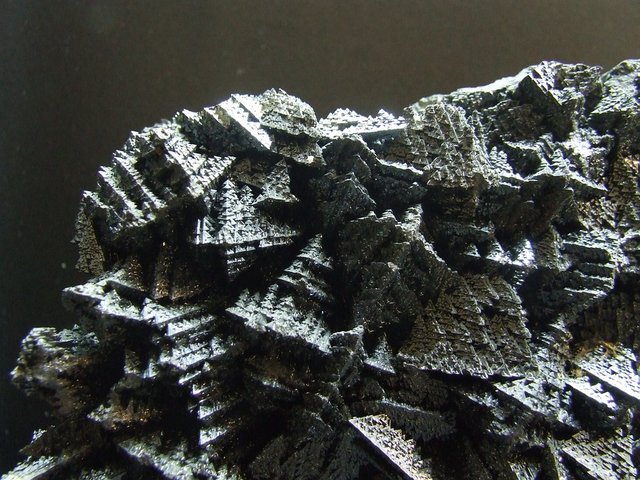the earth's crust is made up of dozens of chemical elements, only fifteen are fairly widespread and are found in almost all rocks, as for the others, they are rarer.
Some of these constitute large concentrations in the form of ores. The others, such as gold and platinum, the proportion of which in the crust of the earth is minimal, give almost imperceptible parcels of native metal and very rarely larger nuggets. However rare they are, they are found in the state of independent minerals, sometimes invisible to the naked eye, but always clean. There are also scarce elements which do not constitute separate minerals. Their compounds are found dissolved in others, more common as salt and sugar are in water, without knowing whether it is pure or not.
The chemical elements have for a long time wandered through molten masses and solutions, before meeting in rocks and veins in the state of stable combinations. during their travels they have undergone many transformations, only those who are very alike make the whole trip side by side.
Plus grande est la similitude des propriétés de deux éléments, plus il est difficile de trouver une réaction chimique qui les dissocie. il y a des éléments rares qui, au lieu de se dégager sous l'aspect de minéraux à part, se dispersent dans de nombreux minéraux composés d'autres éléments; c'est pourquoi on les appelle les éléments disséminés.

Pixabay
What exactly? they are not spoken of in everyday life, nor even at school, although the development of technology makes their use more and more common. It is gallium, indium, thallium, cadmium, germanium, selenium, tellurium, rhenium, rubidium, radium, scandium, hafnium. We have only cited the most typical, we could extend the list further if necessary.
- Let's take a look at where and in what state these elements are found in nature, how man has learned to detect them in other minerals and to use them.
A yellow-brown stone, the fractures of which often present brilliant facets, absolutely regular, it is quite heavy, but hardly has the appearance of an ore, although it is one. It is blende or sphalerite.

Pixabay
The simplicity of the blende is fictitious, if the given sample is yellow-brown, others may be brown, dark brown, blackish, even black with a completely metallic luster.
The dark color of the blende is due to the iron sulphide dissolved in its mass: that which does not contain it is almost colorless, greenish or light yellow. The more iron there is, the darker the blende, so the color here is a sure indication of iron. X-ray examination of the interior structure of the blende reveals that the particles of zinc and sulfur are arranged therein such that each atom of zinc is surrounded by four atoms of sulfur, and vice versa.
In the blende we meet cadmium, gallium, indium, thallium, germanium .... zinc is, as we see, a very welcoming host. But sulfur is also capable, although to a lesser extent, of harboring rare elements: selenium and tellurium.